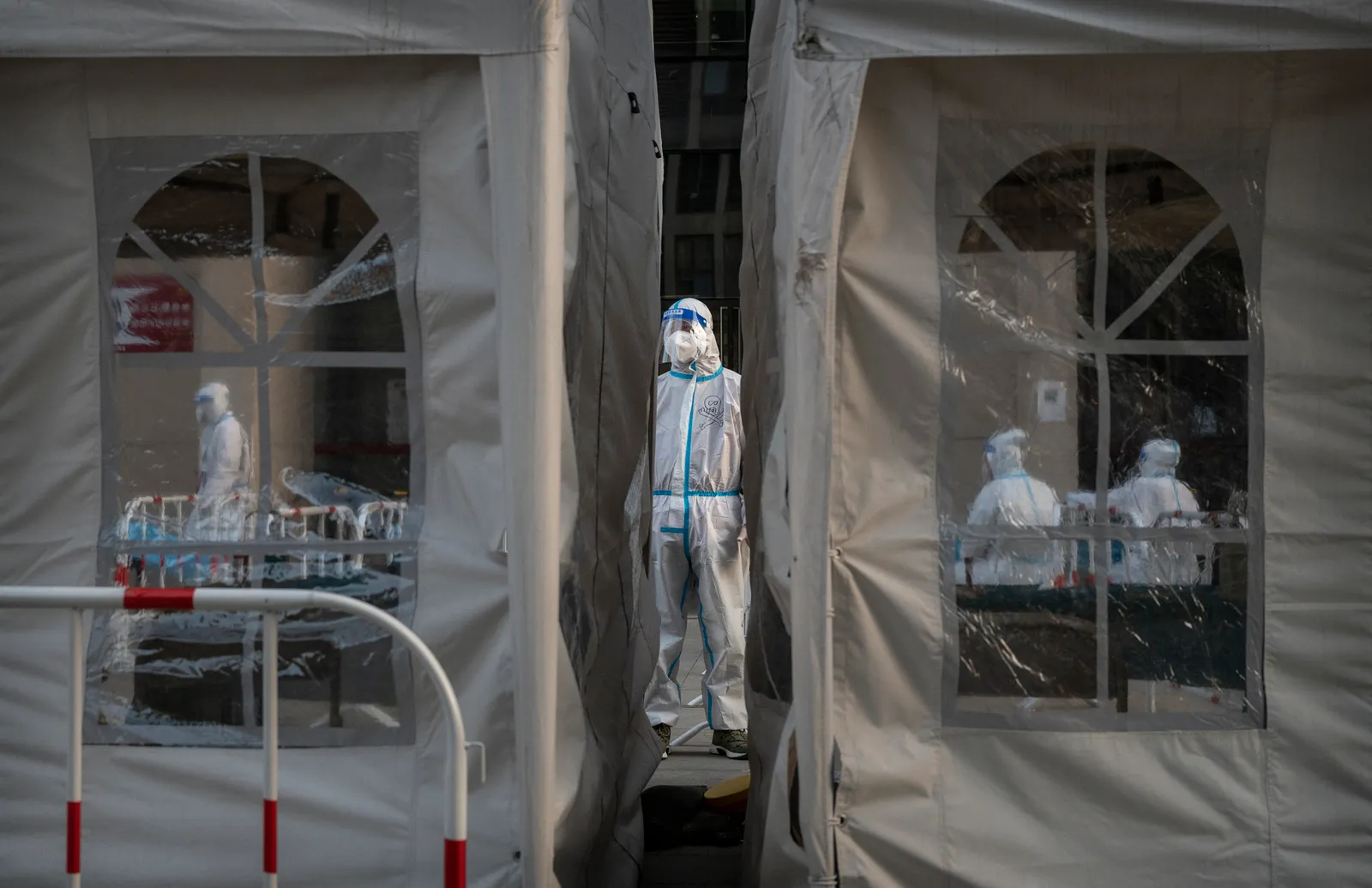In the earliest days of the COVID-19 pandemic, doctors in China tried a barrage of drugs to quell the raging virus. In one Shenzhen hospital, treatments included combinations of up to eight antiviral, anti-inflammatory or immune-modulating drugs. But with no way of knowing how well different combinations would work, it was a trial-and-error approach.
Now, years later, a team of scientists at the University of California (UC) Riverside have followed up on these early medical practices and used machine learning to analyze how the various drug combinations performed — while also predicting which ones could keep further COVID-19 infections at bay.
In the study, which was published in Frontiers earlier this year, the researchers found that the efficacy of the different combinations often came down to factors such as a patient’s age or underlying risk factors.
And although these results were drawn from COVID-19 patients in China, they could have wider implications for healthcare, said Jiayu Liao, associate professor of bioengineering at UC Riverside and one of the study’s authors. In particular, the study demonstrated how machine learning — which excels at digesting reams of complex data — could improve and personalize treatments for conditions ranging from cancer to diabetes.
Testing treatments on the fly
When data for the study was first collected in April 2020, much of the research around COVID-19 focused on death rates. But doctors in Shenzhen recognized that more needed to be understood about why the virus recurred in some patients and not others.

With that goal in mind, the Chinese physicians gathered information on 417 hospitalized patients who were later sent to quarantine in government-run hotels after discharge and who all tested negative for COVID-19 twice before leaving the hospital. Within 28 days of leaving the hospital, 23% tested positive for COVID-19 again.
Because of the novelty of this situation in China, which required patients to quarantine following discharge, Liao said researchers at UC Riverside saw a novel opportunity to collect real-world data that showed disease recurrences rather than reinfections.
For the study, researchers used machine learning technology to turn the jumble of treatment information into an informative guide as to what COVID-19 treatments worked best. They didn’t discover a magic bullet. Some treatment combinations worked well in some subgroups of patients, but not in others, indicating the right approach varies by person.
“Many of the discoveries made biological or medical sense,” Liao said.
For example, older people did better with a combination of drugs that boosted their immune systems, because immune response becomes less robust as we age. The same was true for those with a body mass index in the obese range. In younger people, the most effective drugs did the opposite, tamping down an overzealous immune attack on the virus.
Other applications
While the COVID-19 landscape has changed substantially since 2020, Liao said there is still a need for better COVID-19 treatments and machine learning systems can dive into large bodies of treatment data to ferret out which drugs might be best for the job.
Another one of the study authors said the research team “pioneered” the technique to “generalize efficacy” for different subgroups of patients. And according to Liao, their methodology was “fairly general” and readily applicable to other studies either on COVID-19 or other diseases.
In fact, a separate review found that machine learning might help personalize treatments for chronic inflammatory diseases, such as autoimmune rheumatic diseases and other conditions caused by an immune system malfunction because the diseases are distinct, and affect various organs and systems.
The approach could also be particularly eye-opening in the U.S. where many diseases are treated using a single drug or therapy, but some conditions could benefit from a combination approach discovered by machine learning technology, Liao said.
Overall, the results are in line with the growing recognition that patients respond to medications differently and the general push toward increasing the use of pharmacogenomics testing. The search is also on for better biomarkers to help guide treatment decisions and machine learning could serve as yet another useful tool to bring personalized treatments to bear.
“In terms of the technology, it’s not that complicated,” said Liao. But how quickly machine learning technology is adopted will depend on whether people recognize its promise for this application.












